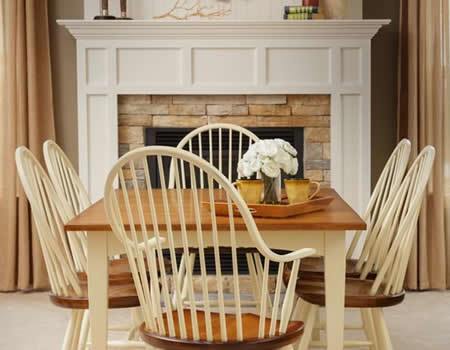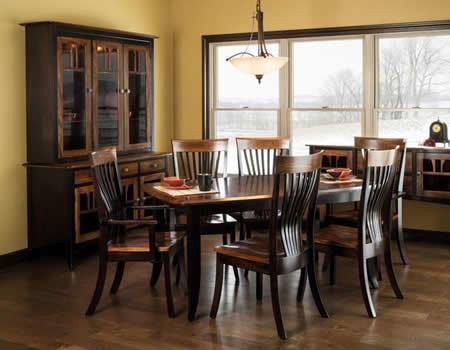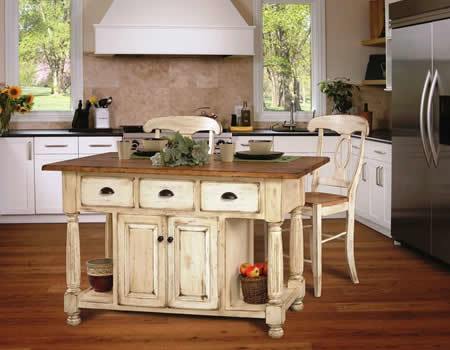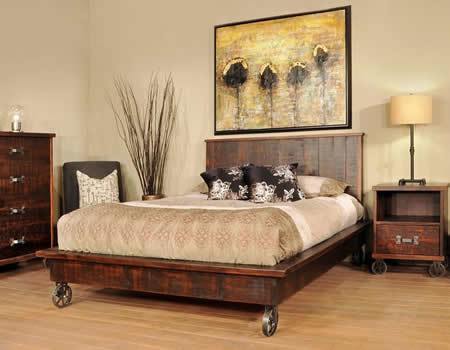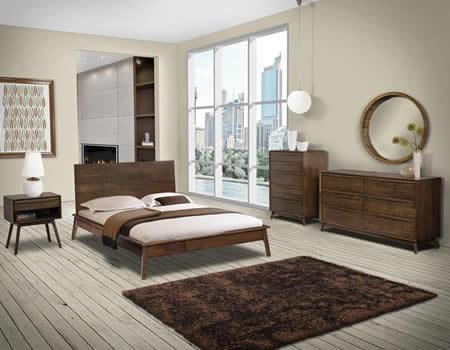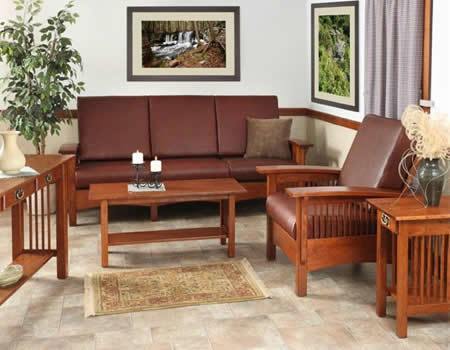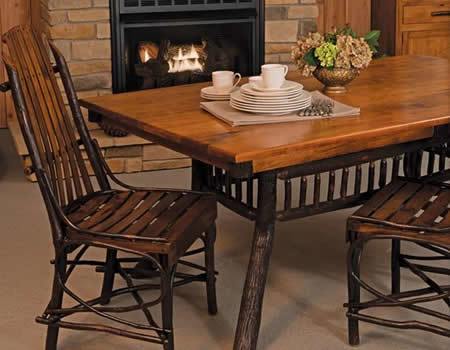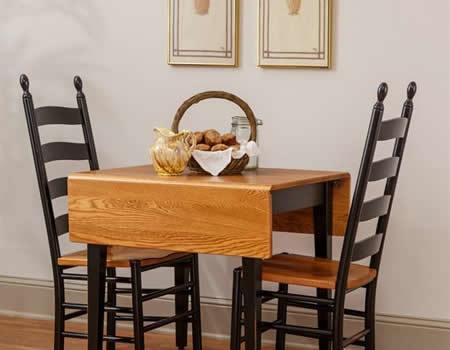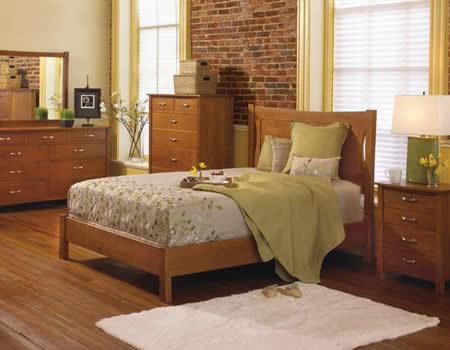Contact our Furniture Specialists
Phone: 941-867-2233
Monday-Saturday: 9 a.m. to 6 p.m. ET
Sunday: 11 a.m. to 7 p.m. ET
Phone: 941-867-2233
Monday-Saturday: 9 a.m. to 6 p.m. ET
Sunday: 11 a.m. to 7 p.m. ET
Combining luxury and order, the formal furniture style brings elegant design elements into play. Formal style furniture creates a sense of occasion in any room with grace and purpose, exhibiting characteristics that include gentle fluid lines and ornate carvings within the design. The formal furniture style is also referred to as traditional, Louis Philippe, Victorian, or Queen Anne furniture and brings contributions of each to its lovely design. A formal room is balanced, plush and elegant, yet comfortable, refined and familiar.
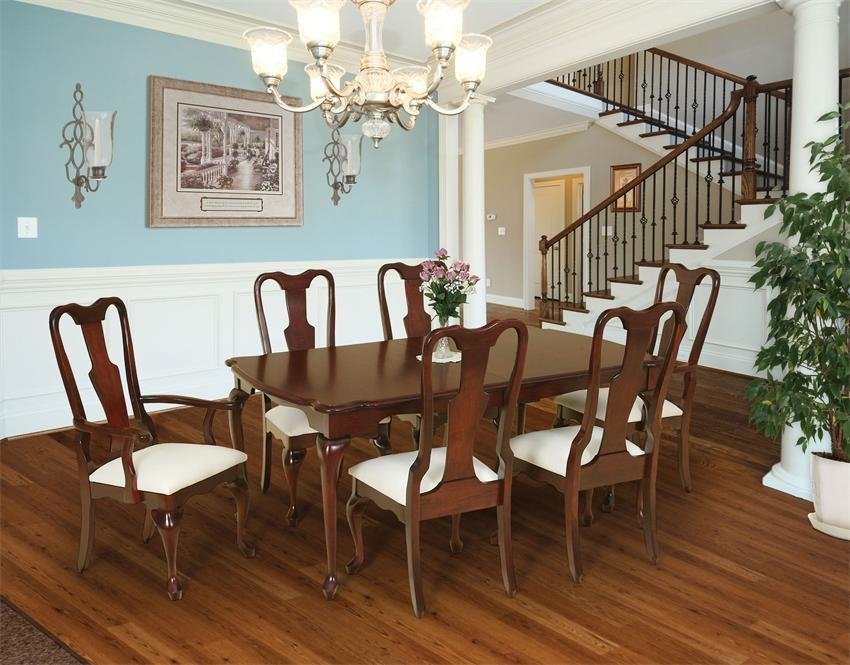
Traditional furniture leaned toward the formal. Quality materials and optimal function were what traditional furniture was after, similar to Amish made furniture today. Traditional furniture was made with Old World techniques and was crafted by hand. Traditional styles emerged from Europe and were inspired by 18th and 19th century European décor. It displayed deep carvings and thick woods with dark stains. There were claw feet and button tufted backs. Traditional furniture displays a timeless elegance. It’s warm and inviting and always offers a first-rate comfort factor.
Contributing nicely to the formal furniture category is Queen Anne style furniture named after Queen Anne of England who reigned from 1701-1714. Queen Anne furniture is the epitome of graceful and set the standard for period formal furniture with its popular cabriole legs, gentle and fluid lines, delicate features and graceful curves. It brought with it smaller, lighter furnishings and features a refined appearance. Cabriole legs were fashioned after an animal’s legs and are the most recognizable feature of Queen Anne furniture.
Along with its distinctive cabriole legs, Queen Anne style is known for:
Queen Victoria, who ruled Great Britain and Ireland from 1837-1901, was known to love the ornate, and Victorian style furniture tended to be a heavy form that was curvaceous with intricate carvings, embellishments and ornamentation.
Louis Philippe furniture was the furniture style of the bourgeoisie during the years 1830-1848 when Louis Philippe ruled France. It offered comfort with a high-end look. The furniture was functional and simple, yet elegant. There were rounded, gentle lines, pedestal bases and fluted legs that were not overdone.

Formal furniture combines the contributions of these time periods, pulling from each one an element that stands out, not too boldly, but with enough presence to get noticed.
A formal look is also about symmetry. Formal rooms include furniture that is paired or evenly arranged pieces that are balanced and tidy.
Whether there is the extra embellishments of Victorian style or the graceful curves of Queen Anne, formal furniture is ready to celebrate any occasion. In general, formal furniture attracts attention with subtle or soft curves and carvings. It’s comfortable and elegant.
From formal dining room sets to gracefully arched sleigh beds to the round and soft edges of our living room accent tables, DutchCrafters formal furniture exhibits all the comfort and elegance of a formal presentation in any room of the home.


